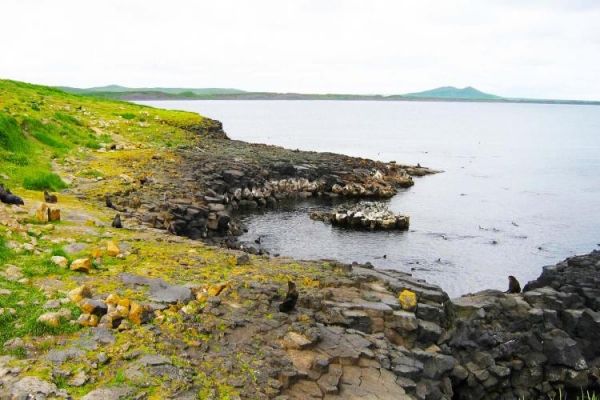Today, NOAA Fisheries released three key reports on the state of Alaska’s marine ecosystems. For more than two decades, Alaska has been using this ecosystem information to inform fisheries management decisions. To assess the status of Alaska’s marine ecosystems, scientists look at a variety of indicators.
For instance, they monitor oceanographic conditions. These include sea surface temperatures and temperatures near the sea floor, plankton, and wind and weather patterns in the Bering Sea, Gulf of Alaska, and Aleutian Islands annually and over time.
Scientists examine abundance trends (whether increasing or decreasing over time) of groundfish and crab predators and prey in these marine ecosystems. They also look at the condition of marine life at different stages of their lives including zooplankton (tiny animals that form the base of the marine food chain). They examine fish such as pollock in their first year of life and juvenile salmon. Scientists also evaluate how fat marine animals are. This provides an indication of whether they will survive Alaska’s cold winter or their migration to winter grounds.
Continue reading at NOAA Fisheries
Image via NOAA Fisheries


